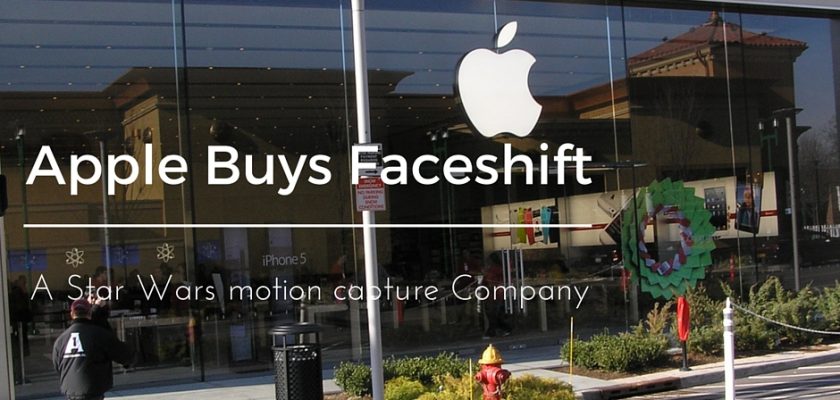

What exactly Apple plans to do with its new expertise in facial recognition and motion technology is not clear. The iPhone maker also holds a range of patents in related fields.
FACESHIFT APPLE SOFTWARE
Of interest, the Faceshift’s new tech was used to create the human-like movements of faces of some characters in the new “Star Wars” film.īy adding Faceshift, Apple continues to grow its portfolio of facial recognition technology firms, including Swedish firm Polar Rose in 2010 and Israeli company PrimeSense, who were collaborators on the Kinect hardware and software for the Microsoft Xbox, in 2013. Using 3D sensors and a camera, Faceshift’s new method eliminated traditional motion capture rigging (the stick-on reference markers often worn by actors).
FACESHIFT APPLE MOVIE
Speculation as to what plans Apple may have for Faceshift’s tech includes using facial recognition to authorize Apple Pay and, a more likely scenario, creating real-time avatars for chatting in FaceTime.Apparently, TechCrunch and others did some sleuthing to confirm that several ex-Faceshift employees ended up at Apple and now work out of the company’s European offices, and that was enough to convince Apple to spill the beans.įaceshift had been developing facial recognition software that was used in advanced motion capture technology capable of real-time, low-cost processing. Apple just made an unexpected purchase: The tech giant has acquired Faceshift, the startup responsible for the motion capture technology used to make characters in the new Star Wars movie look. In 2010, the iPhone maker bought Swedish facial recognition startup Polar Rose, followed by the 2013 acquisition of Israeli 3D sensor developer PrimeSense - best known as the company that provided its technology, chips and design for the original Microsoft Kinect device. MacRumors writes that it believes that Apple may have recently acquired Swiss real-time motion-capture company Faceshift, which has been working with game and animation studios on developing technology that can capture facial expressions using 3D sensors. The technology captures the real-time gestures of actors onto the animated characters used in film or game. The Faceshift company is behind the motion capture technology used in Star Wars. But now, it officially confirmed in its statement. The facial capture system is used to give the alien characters that populate the Star Wars universe more human-like expressions.įaceshift isn’t the first company acquired by Apple that specializes in motion capture. Previously, it came into hearing that Apple has decided to acquire Facelift. One of the high-profile projects that feature Faceshift’s technology is the upcoming Star Wars: The Force Awakens movie. Apple has acquired a company called Faceshift, a Swiss studio that specialises in creating digital avatars that mimic a persons facial expressions in real time (pictured).

"Our background is in animation for content production, so we have Hollywood studios that use the technology to make animated characters come alive," says Brian Amberg, the company's CFO, in a promotional video. “Apple buys smaller technology companies from time to time, and we generally do not discuss our purpose or plans.” The site goes on to state that it has also “ dug up further sources and conclusive links between the companies,” and that “several Faceshift employees are now working for Apple now out of Europe.”Īpple isn’t saying what intentions it may have for Faceshift’s technology, which analyzes facial expressions without the need for reference markers and using only commercially available hardware. This is faceshift GDC 2015 reel, featuring our performance recording session at OMUK, our latest range of motion demos, and generally a bunch of people havin. Techcrunch says an Apple spokesperson has confirmed the Cupertino company’s purchase of Faceshift. At the time, Apple refused to comment on the alleged acquisition, but now it looks as if the rumors were accurate. Earlier this year, unconfirmed rumors suggested that Apple had bought Faceshift, a Swiss startup specializing in real-time motion capture technology that captures a person’s facial expressions to create CGI avatars and other figures.


 0 kommentar(er)
0 kommentar(er)
